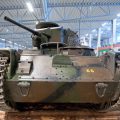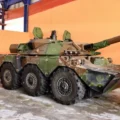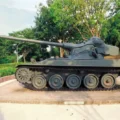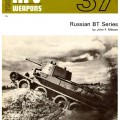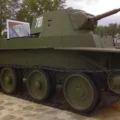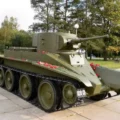
BT-7 | |
|---|---|
| Šalies | Sovietų Sąjunga |
| Vaidmenį | Kavalerijos bakas |
| Pagamintas | 1935–40 |
2007 BT-7 buvo paskutinis iš BT serijos sovietų kavalerijos tankai, kurie buvo pagaminti dideliais kiekiais tarp 1935 ir 1940. Jie buvo lengvai šarvuoti, bet pakankamai gerai ginkluoti savo laiku ir turėjo daug geresnį mobilumą nei kiti šiuolaikiniai tankų dizainai. BT tankai buvo žinomi slapyvardžiu Betka iš akronimo arba jo mažybinės Betushka.
Šaltinis: bakas BT-7 Vikipedijoje
| Soviet cavalry tank BT-7 | |
|---|---|
| Fotografas | Nežinoti |
| Lokalizavimo | Nežinoti |
| Nuotraukos | 180 |
Laukti, Ieško BT-7 nuotraukas už jus ...

| BT-7 Walk Around | |
|---|---|
| Fotografas | Aleksandr Rodionov |
| Lokalizavimo | Nežinoti |
| Nuotraukos | 105 |
| BT-7 Model 1935 Walk Around | |
|---|---|
| Fotografas | Yuri Pasholok |
| Lokalizavimo | Nežinoti |
| Nuotraukos | 335 |
Taip pat žiūrėkite:
Views : 13637




